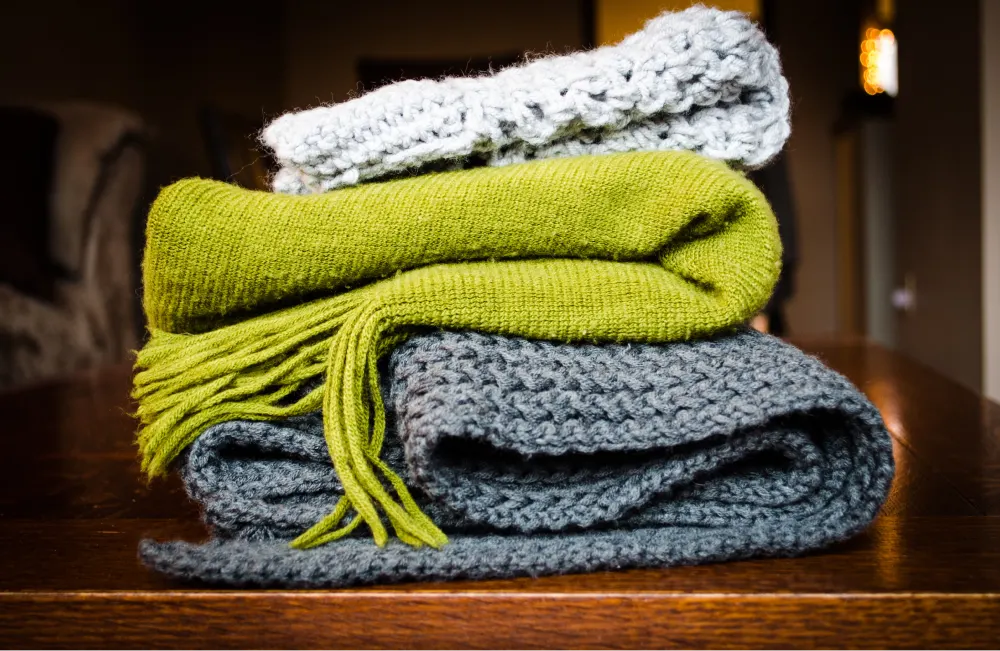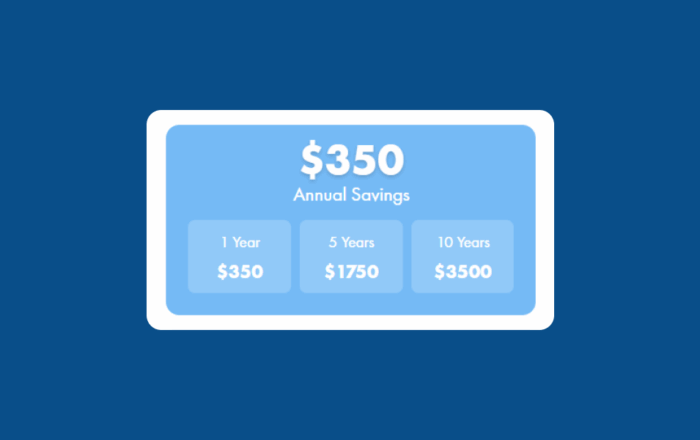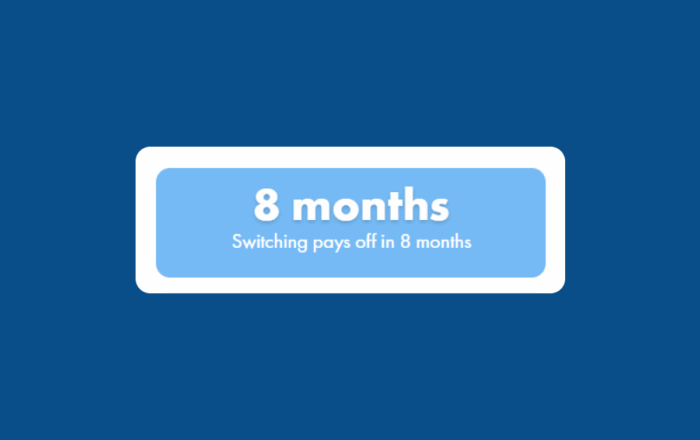Air Conditioner Upgrade Energy Savings Calculator
2 minute readHow much can you save with a more energy efficient air conditioner?
Home > BKV Energy Blog > All Posts > Winter Energy Saving Tips: How to Reduce Your Bill
8 ways to reduce your winter electric bill
4 minute read • Last update April 2024


To combat these winter energy challenges, consider the following winter energy-saving tips:
One of the simplest yet most effective ways to reduce your average electric bill during winter is to manage your thermostat settings wisely. It’s recommended to set your thermostat to a lower temperature when you’re asleep or away from home. A programmable thermostat can make this easier by automatically adjusting the temperature based on your schedule. Even a small adjustment of a few degrees can lead to significant savings over time. The key is to avoid extreme fluctuations, as constantly adjusting the thermostat can lead to inefficient energy use.
Your blinds and curtains can be effective tools in managing your home’s temperature. On sunny days, open your blinds to let in natural sunlight, which can naturally warm your home. Conversely, on cloudy days and during the night, close your blinds to act as an additional layer of insulation, keeping the warmth inside. This simple practice can reduce the workload on your heating system, thereby saving energy.
While portable heaters can provide quick warmth, they are often much less efficient than your home’s central heating system. Instead of relying on these as a primary heat source, consider improving your home’s insulation and sealing any drafts. If you must use portable heaters, opt for energy-efficient models and use them sparingly. Additionally, investing in double-pane or triple-pane windows with low-E coatings can provide better insulation, reducing the need for supplemental heating.
Weather stripping is an inexpensive yet effective way to prevent heat loss through doors and windows, especially if they are aging. By sealing the gaps where drafts occur, you can keep the warm air inside and the cold air outside. This not only makes your home more comfortable but also reduces the strain on your heating system, leading to lower energy bills. For more detailed information on improving your home’s energy efficiency, check out our article on energy-efficient windows.
Ensuring that your home’s air vents are not obstructed is crucial for efficient heating. Furniture, curtains, or rugs blocking these vents can hinder the distribution of warm air, causing your heating system to work harder and use more energy. Regularly check that vents are clear and unobstructed to allow for optimal airflow and efficient heating.
A dirty or clogged furnace filter can significantly reduce the efficiency of your heating system. It restricts airflow, forcing the system to work harder to circulate warm air throughout your home. Regularly inspecting and replacing the furnace filter, typically every three months, can improve the efficiency of your heating system, reduce energy consumption, and lower your energy bills.
Upgrading to energy-efficient appliances, including your heating system, can lead to substantial long-term savings. These appliances are designed to use less energy while providing the same level of performance. Look for products with the ENERGY STAR label, which indicates they meet energy efficiency guidelines set by the U.S. Environmental Protection Agency. While the initial cost may be higher, the energy savings over time can be significant.
Stay cozy with warm socks in a sweater while you’re relaxing at home so you don’t have to rely on high thermostat settings to remain comfortable.
Winter brings its own charm, but it often comes with the challenge of higher electricity bills. The increase in energy bills during winter can be attributed to several key factors:
As temperatures drop, the demand for heating surges. Homes and offices require more energy to maintain a comfortable indoor temperature. This increased demand is not just about heating spaces; it also includes using more hot water for showers and baths, which adds to the overall energy consumption. The heating system, being the largest energy consumer in most homes, works overtime during these months. This increased usage is the primary driver behind the spike in your winter energy bills.
Older heating systems are often the culprits behind high energy bills. These systems tend to be less efficient, requiring more energy to heat the same space compared to newer, more efficient models. The inefficiency stems from outdated technology that doesn’t utilize energy optimally. Consequently, these systems have to run longer and work harder, leading to increased energy consumption and higher bills. Upgrading to a more efficient system can be a significant upfront investment but can lead to substantial savings in the long run.
When determining how to lower your electric bill in winter, quality insulation is a key factor. After all, poorly insulated homes lose heat quickly, resulting in the heating system having to work harder to maintain a comfortable indoor temperature. This heat loss is not just through walls and roofs; it can also occur through gaps around windows and doors, leading to increased energy usage. Improving insulation in your home can be one of the most effective ways to reduce heating costs.
Winter also brings shorter days and longer nights, leading to an increased reliance on artificial lighting and electrical appliances. This extended use of lights and appliances contributes to higher energy consumption. The lack of natural light means that homes and offices rely more on artificial lighting, which, although may seem insignificant on its own, adds up over time to increase your energy bill.
Check out our blog with 100 energy saving tips. Become a master at reducing your bill and enjoy the savings all year long.
Graham Lumley, Digital Marketing Manager at BKV Energy, leads digital and traditional marketing strategies, focusing on educating Texans about the state's deregulated energy market. With over 8 years of marketing experience, he creates content to help consumers understand and save on their energy bills, bringing a fresh and dynamic approach to the industry.

How much can you save with a more energy efficient air conditioner?

Is it worth to pay the Early Termination Fee to switch electricity plans?
Get $50 off your electric bill!
Use code BKVEJOINUS50
Enter your zip code to shop BKV Energy's affordable, fixed-rate Texas electricity plans. Use the promo code for $50 off your electric bill.